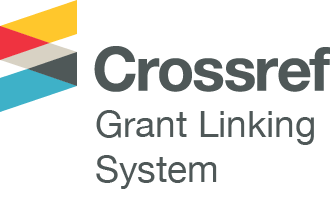2025 December 17
Twenty-five years of Crossref: reflections from the 2025 annual meeting and board election
Crossref turned twenty-five this year, and our 2025 Annual Meeting became more than a celebration—it was a shared moment to reflect on how far open scholarly infrastructure has come and where we, as a community, are heading next.
Over two days in October, hundreds of participants joined online and in local satellite meetings in Madrid, Nairobi, Medan, Bogotá, Washington D.C., and London––a reminder that our community spans the globe. The meetings offered updates, community highlights, and a look at what’s ahead for our shared metadata network––including plans to connect funders, platforms, and AI tools across the global research ecosystem.










